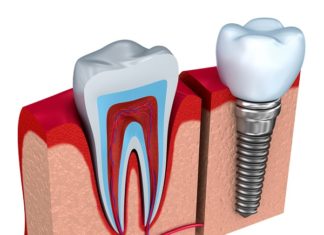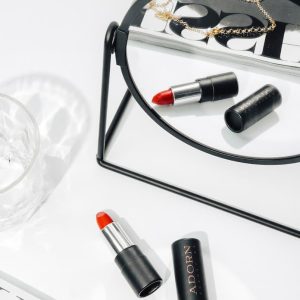
There’s nothing like a swipe of lipstick to give you a boost of confidence and make you feel put together. Even if you’re just running to the grocery store, a little bit of colour can make you feel like you can take on the world.
But in a world of toxic ingredients and environmental pollution, it’s important to be mindful of the products you’re using – even when it comes to something as seemingly innocuous as lipstick. Many of us don’t think twice about what goes into our cosmetics, but the reality is that many popular brands contain harmful chemicals that can be absorbed through the skin.
What to Look for in Organic Lipstick
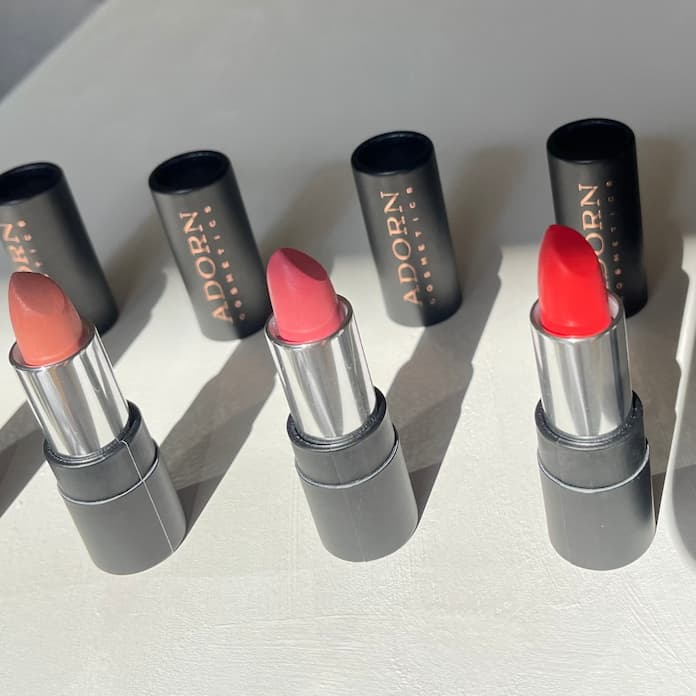
If you want to make the switch to lipsticks with natural ingredients it’s important to know what to look for on the label. This is where things can get a little bit tricky, as many companies will use greenwashing tactics which involve using misleading marketing to make a product seem more environmentally friendly than it actually is. Here’s what you need to focus on:
Wax
Natural lipsticks will generally use beeswax, carnauba wax or candelilla wax as a base. These are all solid at room temperature but soften when they come into contact with the warmth of your skin, which is what allows them to glide on smoothly. If you see anything else listed as the first ingredient, it’s likely that the lipstick contains more synthetic fillers than natural ingredients.
Pigment
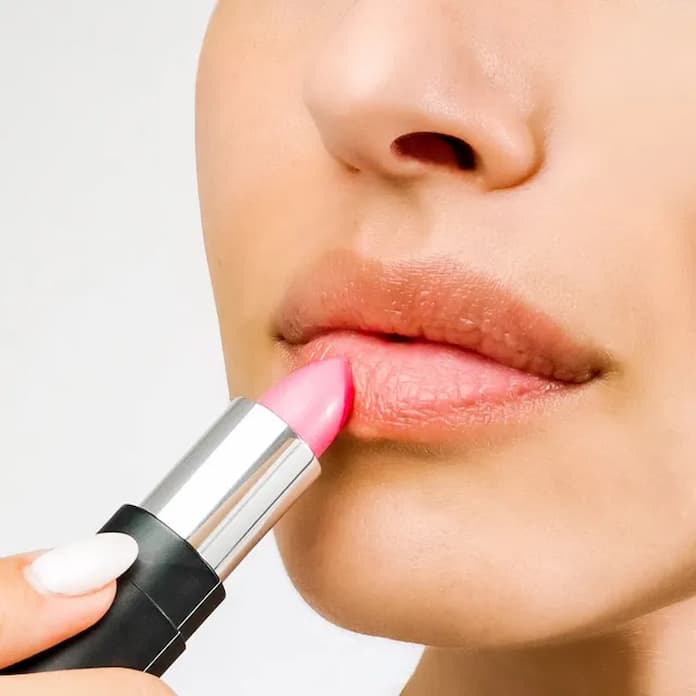
The pigment is what gives lipstick its colour and makes each one unique. Synthetic pigments are made from chemicals and metals like titanium dioxide, iron oxide and mica, while natural pigments come from minerals, fruits, and vegetables.
The former are cheaper to produce and tend to be more vibrant, but they can also be irritating to the skin and cause allergic reactions. Natural pigments, on the other hand, are gentle and non-irritating, but they may not be as long-lasting or vibrant as synthetic ones.
Oils
Lipsticks need to have some type of oil in them in order to maintain their creamy consistency and keep them from drying out your lips. Without it, they would have clumps, be difficult to apply and would feel very patchy on the lips.
Many conventional versions use mineral oil, which is a by-product of petroleum, as their main source of moisture. While it’s not necessarily harmful, it’s not the best choice if you’re looking for a natural lipstick since it’s not derived from a renewable source. Instead, look for lipsticks that use natural oils like jojoba oil, coconut oil or shea butter.
Certification
We often see the word organic being plastered all over products these days, but that doesn’t necessarily mean that they’re actually made with organic ingredients. In order for a product to be truly organic, it must be certified by a third-party organization in the Aussie region like the Australian Certified Organic (ACO) or Biological Farmers of Australia (BFA).
Ingredients to Avoid
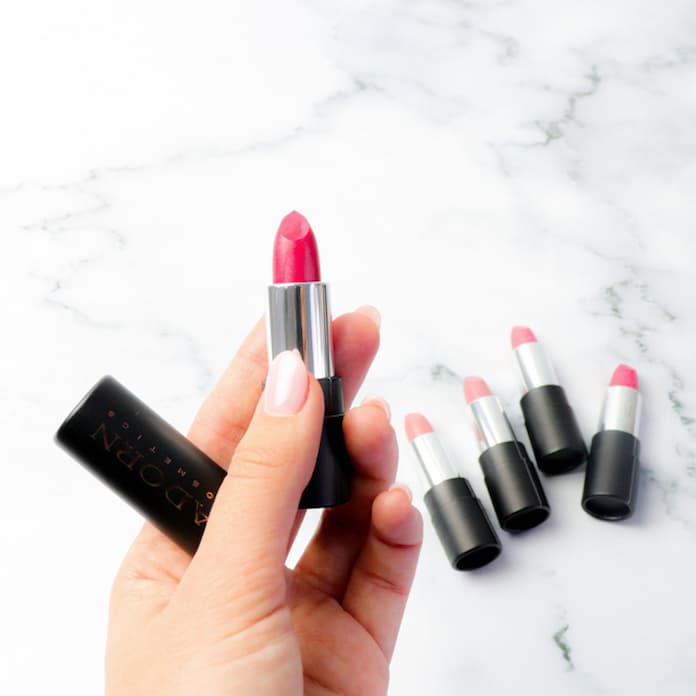
In addition to the preferable ingredients in lipsticks of natural origin, it’s also important to be aware of the harmful ones that you should avoid. Here are some of the most common offenders:
Lead
This is a neurotoxin that can have a number of negative health effects, including reproductive damage, behavioural problems and learning disabilities. Now, this isn’t intentionally added to lipstick – it’s actually a contaminant that can be found in some of the pigments used to give the product its colour.
While the amount of lead present in lipstick is relatively low, it can still build up in your system over time and potentially cause problems, which is why it’s best to avoid it altogether if possible. This byproduct is unfortunately found in a large number of conventional products on the market today.
Phthalates
These are a group of chemicals used to make plastic products more flexible and durable, and they’re often found in synthetic fragrances. Studies have shown that they can disrupt hormones and have been linked to reproductive damage, birth defects and cancer.
In terms of lipstick, they’re usually added to help the product retain its scent and colour. If you see the word ‘fragrance’ or ‘parfum’ on the ingredient list, it’s likely that phthalates are present even if they’re not listed specifically.
Tocopheryl Acetate
Commonly known as a synthetic form of vitamin E, this ingredient is added to many cosmetic products because it’s thought to have antioxidant and anti-aging properties. However, it’s usually derived from petroleum, which makes it far from natural and even harmful.
It’s been widely linked to skin irritation, developmental and reproductive toxicity and organ system toxicity. So, while it might make your lips feel softer in the short term, it’s not worth the long-term risks.
Artificial Dyes
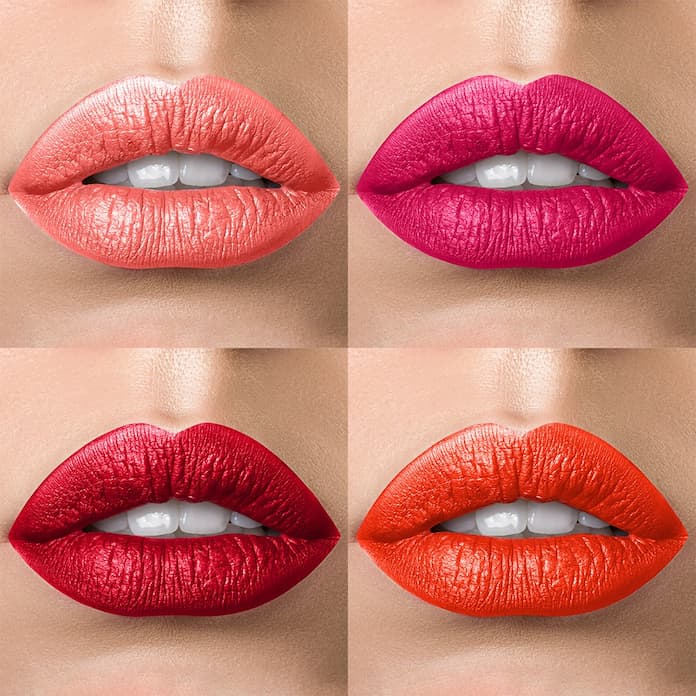
Of course, all the shades and colours in our lipsticks are what make them so fun to wear. Each hue has the power to completely change our look, which is why we’re often drawn to the brightest and most vibrant hues.
However, these bright colours are usually achieved with artificial dyes, many of which have been produced in a lab and have no business being applied to our lips. These synthetic shades may be pretty, but they come with a host of health risks like cancer, organ system toxicity and skin inflammation.















